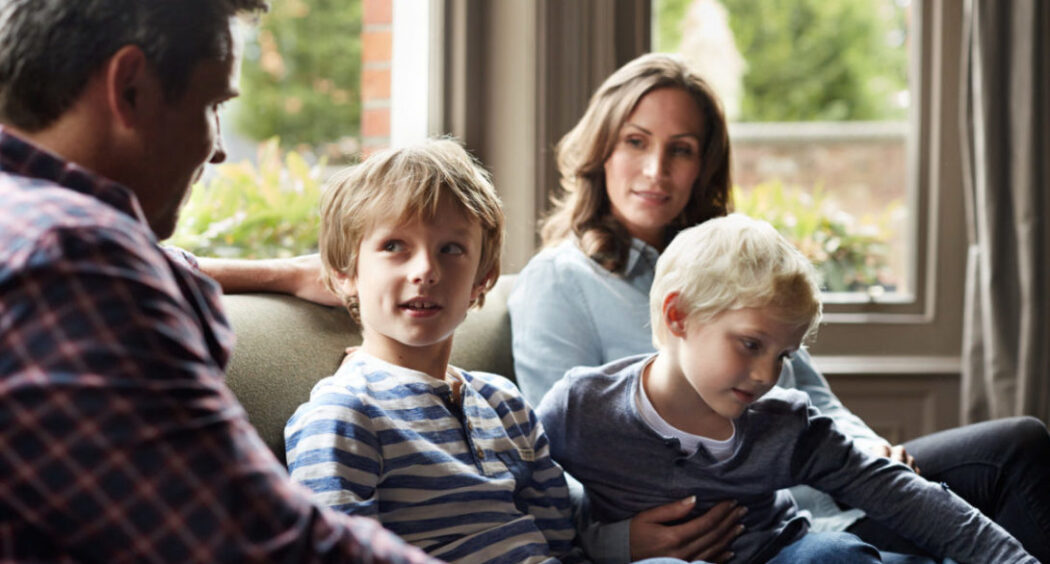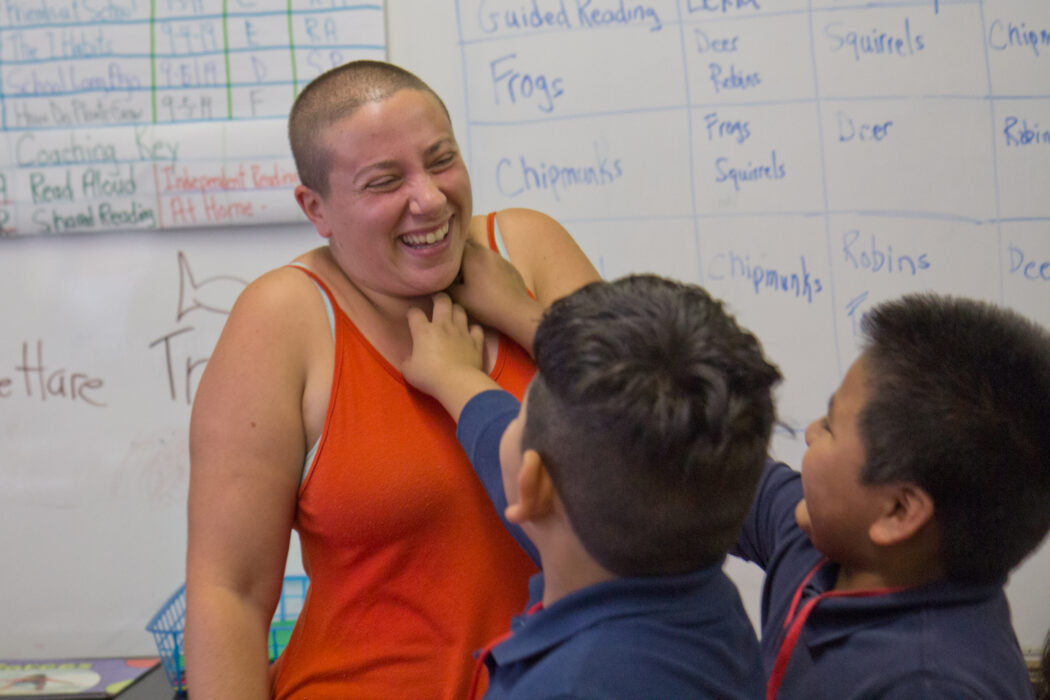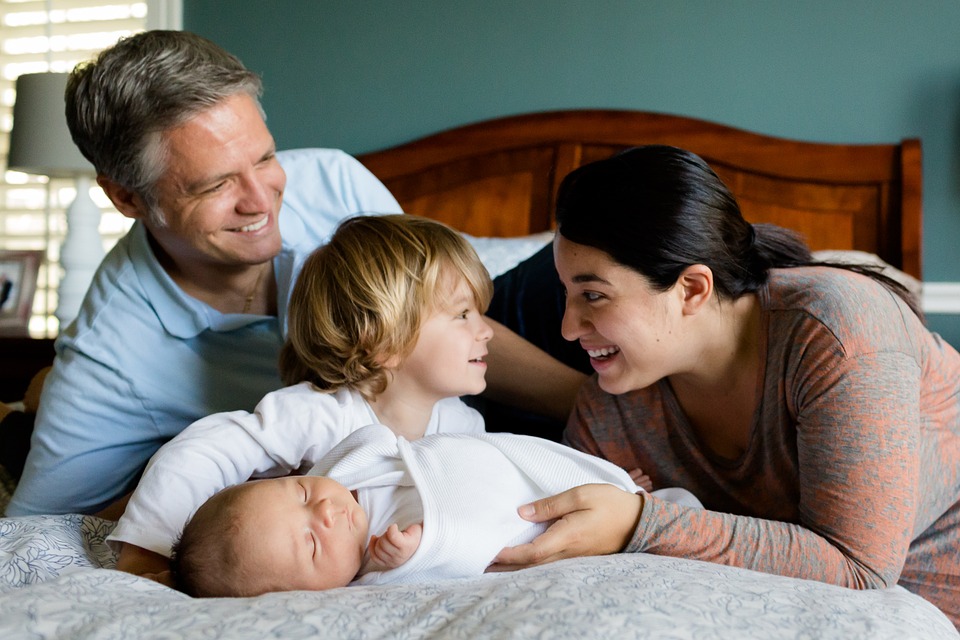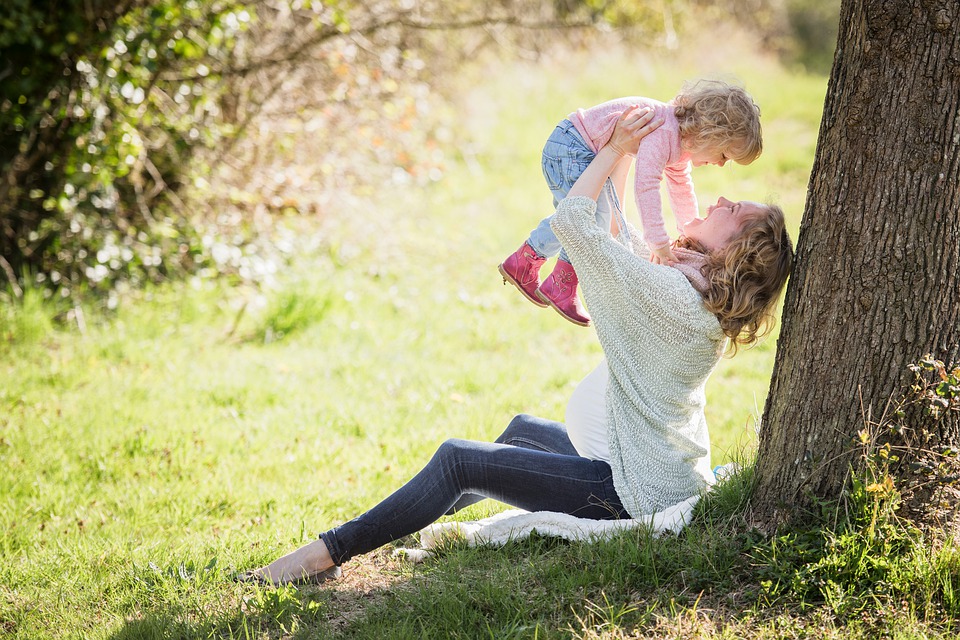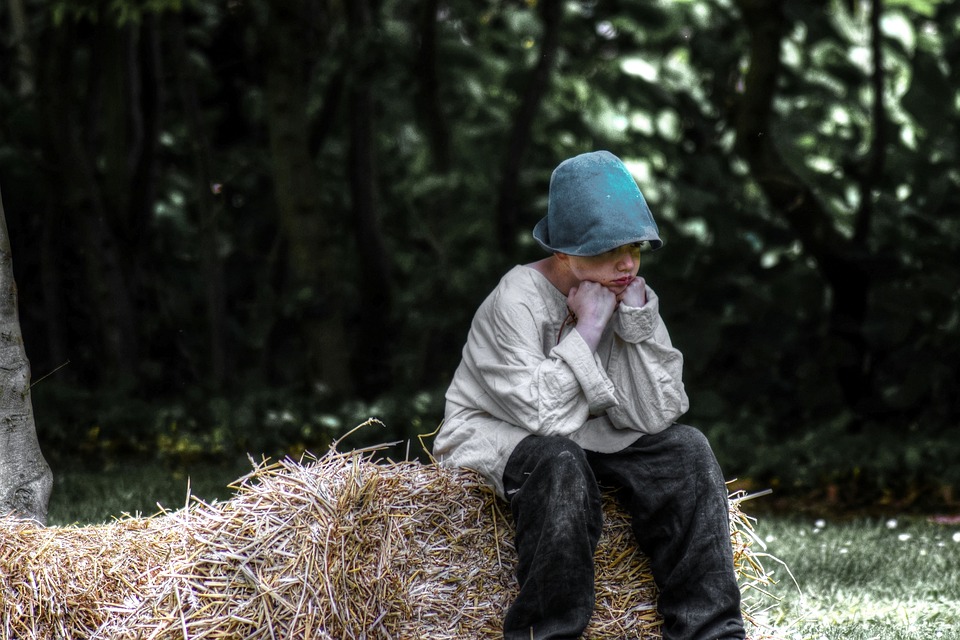Weaponised incompetence is a subtle and passive manipulation tactic that is intended to keep you doing the majority of physical and emotional labour in your relationship.
Perhaps at some point in your relationship, you have found yourself exasperated at your partner’s inability or lack of desire to perform a task to standard or at all. Perhaps you were exasperated and finally said, ‘fine, I’ll do it myself.’
When this behaviour from a partner becomes a pattern, it is called ‘weaponised incompetence.’ Weaponised incompetence is a subtle form of gas-lighting where an individual will pretend not to know how to perform a task or will deliberately perform it poorly. As a result, they expect you to become frustrated and do it yourself, avoiding relying on them for assistance in the future.
It is normal for couples to have disagreements and find that their priorities sometimes don’t align. However, suppose you find that this behaviour is so prevalent that you cannot rely on your partner to perform basic tasks daily or weekly. In that case, you may be experiencing weaponised incompetence.

For example, it could be that you are extremely busy at work, but the house is in a state of disarray. Feeling stressed, you think a clean environment will help alleviate your stress. So, seeking support, you ask your partner to clean the bathroom. In response, they either make a big fuss over how they never do it the way you do and don’t know all the special products to use. You might even hear phrases like “you’re better at it than I am; how about I just take out the rubbish instead?” Or they may reluctantly do it after some pushing but do such a poor job that you have to go back and clean it yourself anyway.
While your partner may not always be explicitly trying to manipulate you into taking over, this is ultimately what this behaviour forces you to do.
Another example might be asking your husband to ‘watch the kids’ while you finally get a break, only to come back to mess and chaos that you will ultimately clean up. So, it ends up making your ‘break’ hardly worth it at all, and next time, you don’t bother scheduling one.
Imbalance of emotional labour
If this is a common occurrence in your relationship, it is not miscommunication but gaslighting. Weaponised incompetence is intended to ensure that one person can be relied upon to take on the physical and even emotional labour in the partnership.
As a result, the person taking on all of the work and acting as the glue in the relationship can experience stress and extreme burnout. In addition, this kind of emotional stress can result in resentment and discontent further down the line.
If you are not supported and your needs are not being met on any level, you are not in a partnership and may feel more like you are a caretaker.

Weaponised incompetence is a subtle manipulation that works because it exploits your emotions and desire to help your partner. It plays on nuances in your relationship and generally says, “I’m not capable and I need you to help me.’ And, of course, you comply. You love your partner, value your home, respect the lives you have together, and do not want them to suffer through anything. And therein lies the danger of weaponised incompetence.
Battle of the sexes
While weaponised incompetence can occur in any relationship, it seems to be most prominent in cishet (straight-identifying male-female partnerships) relationships. In most cases, the male partner will use weaponised incompetence on the female partner. This can be easily done, as women are already conditioned to nurture and oversee the wellbeing of those around them.

Entrenched gender norms, patriarchal values and casual sexism are all things that contribute to heterosexual relationships being most susceptible to weaponised incompetence.
Communication is key
The only way to deal with weaponised incompetence is to tackle it head on. Communication is the best way to do this. Explain to your partner what is happening and how it makes you feel. Explain exactly why it is that you need this support in order for your relationship to thrive in the long term.
It could be that while your partner is using this tactic, maybe they don’t entirely mean to. Perhaps they genuinely feel incompetent, have anxiety, depression, or lack self-confidence with certain roles and responsibilities.
Try come up with household schedules and rosters. This can be helpful if your partner genuinely wants to help, but needs some assistance gaging where to start. A schedule stops you from asking them to do specific tasks on a daily basis. It will allow them to take the initiative to check the roster daily.
If you find your partner to be entirely unresponsive even with tools like this, couples therapy may be necessary.

The Long-term effects
Weaponised incompetence can slowly destroy your sanity, damage your relationship, result in burnout and send unhealthy messages to any children you may have. So often, when couples are at the point where they are seeking relationship counselling or considering separation, there isn’t one single issue that has caused this. Instead, it is an accumulation of minor resentments or a general lack of support that can only be identified in small tasks that are being overlooked daily.
If you sometimes find that doing it yourself is more manageable than relying on your partner, you may want to examine how and why this is happening and if it is a case of weaponised incompetence.
It is never fair or sustainable for one person alone to carry the weight of all the domestic responsibility. Moreover, the mental load and emotional labour that comes with doing this can cause exhaustion, emotional dissatisfaction, and the breakdown of a relationship in the long-term. If you have made it this far, it is worth talking to your partner about your needs and worries and, if necessary, seeking counselling.



